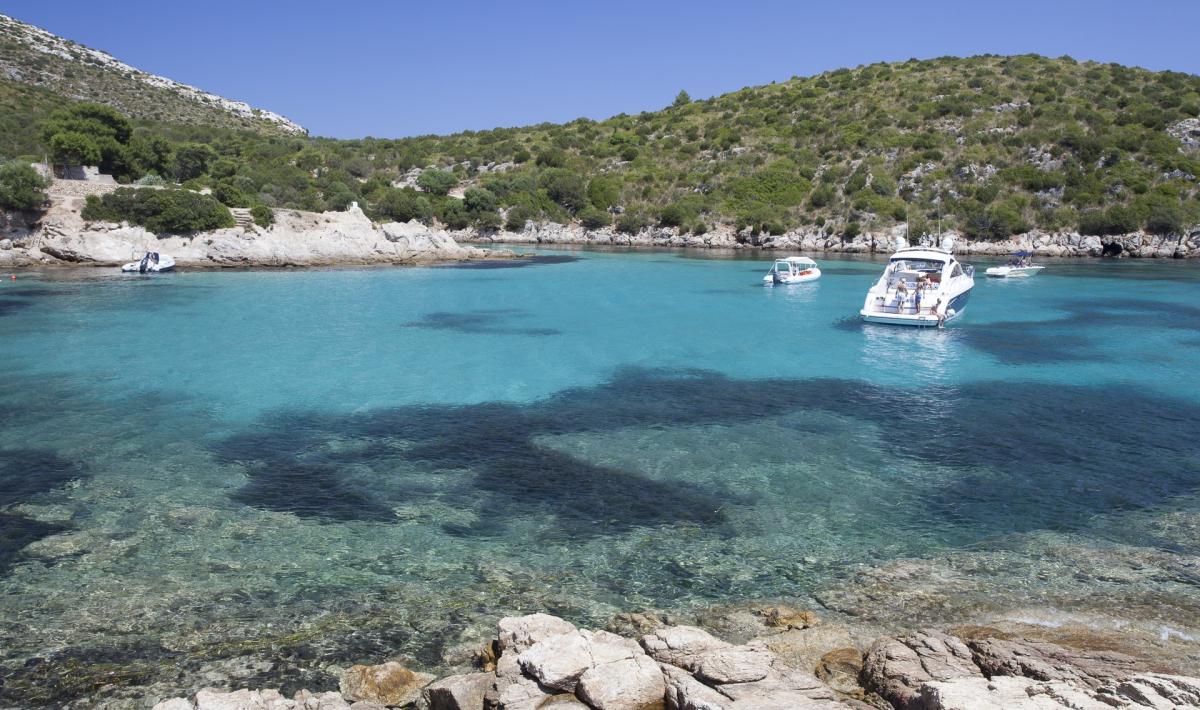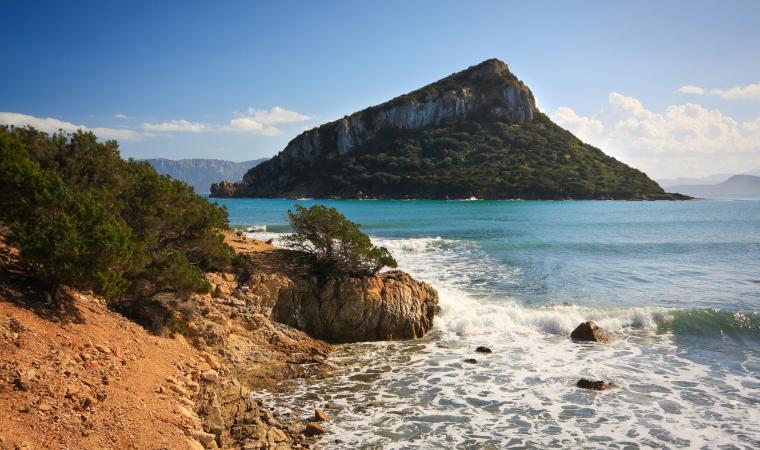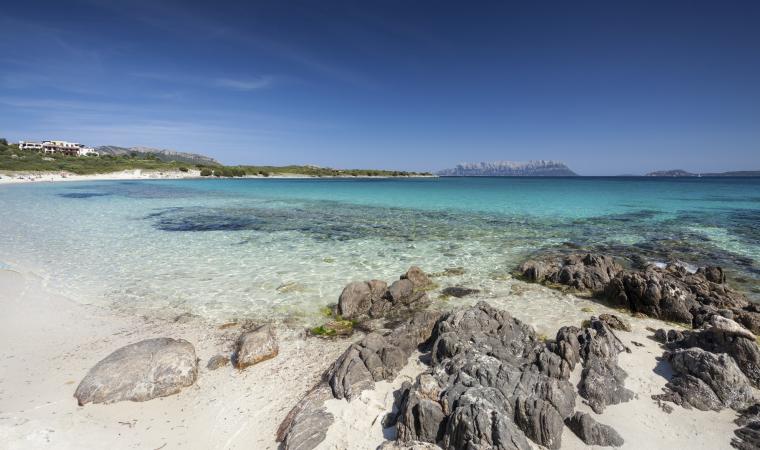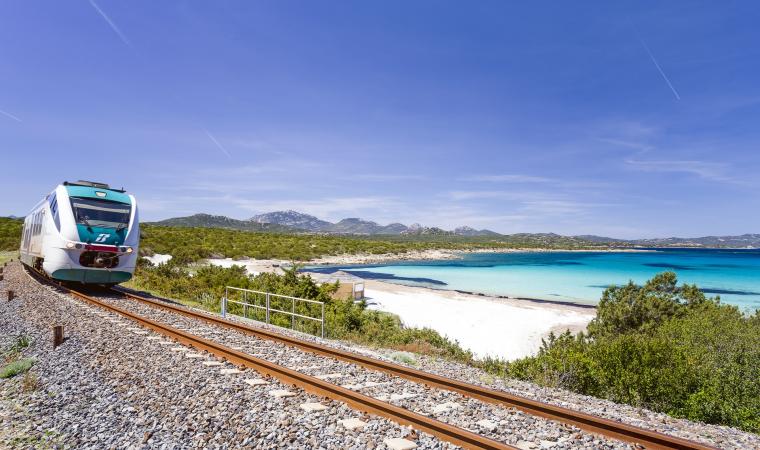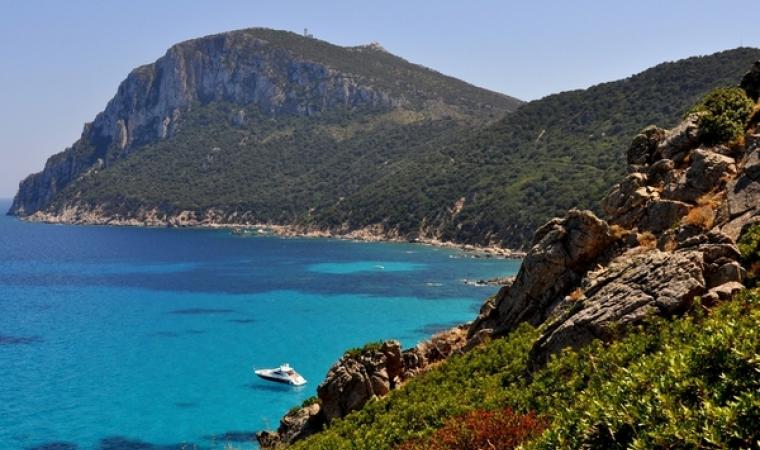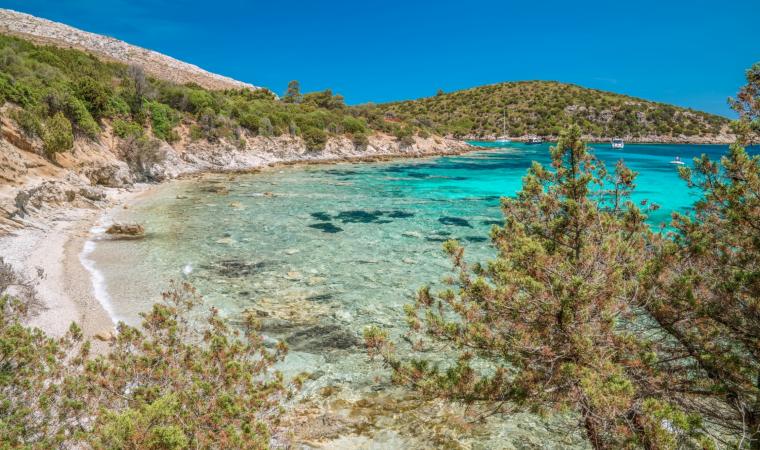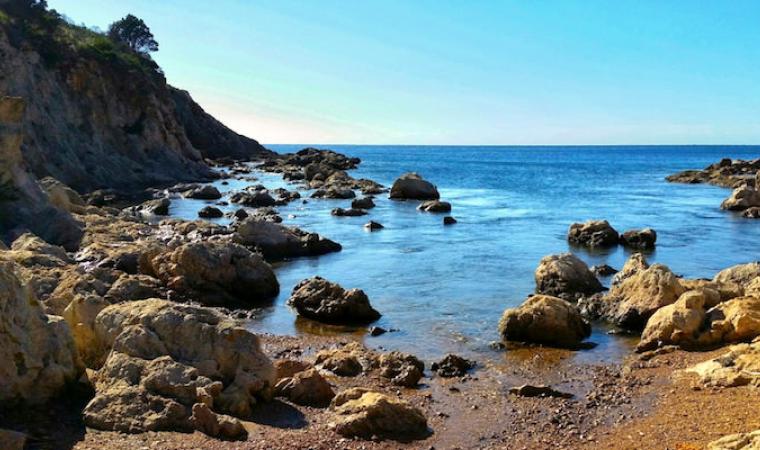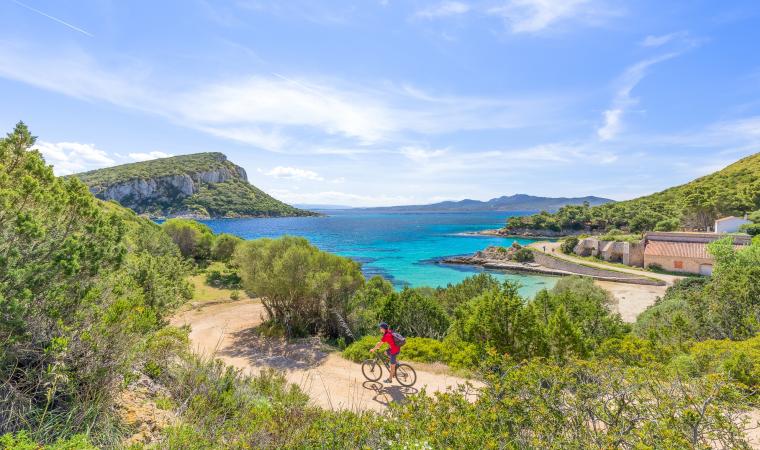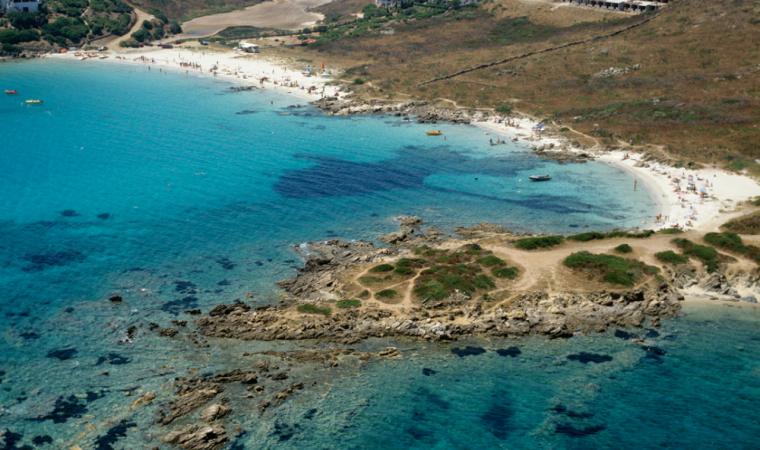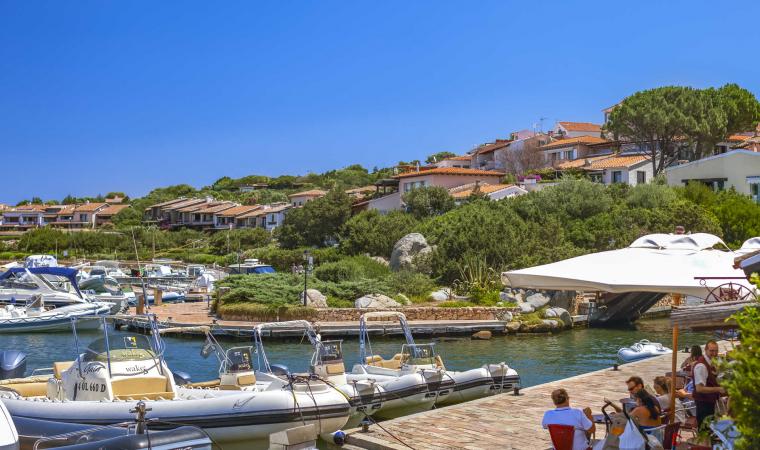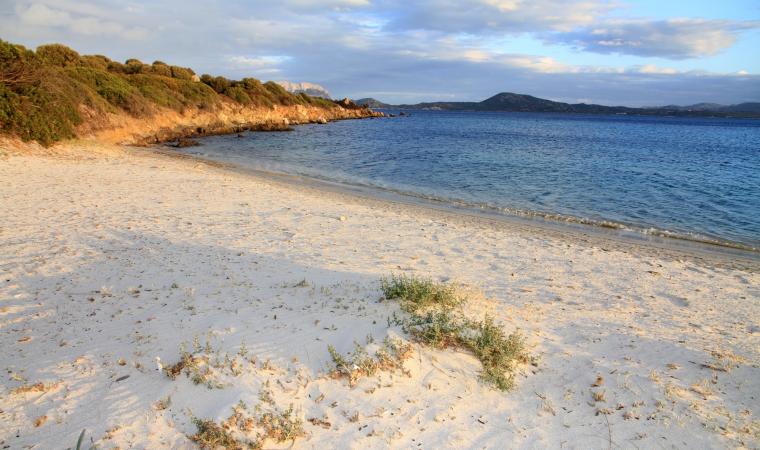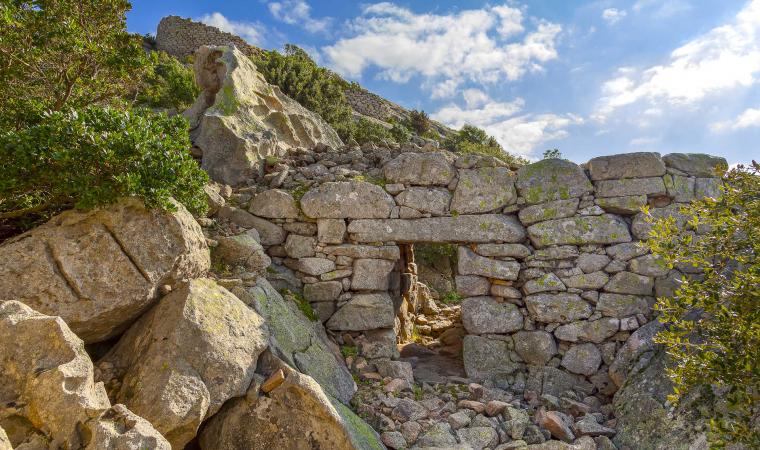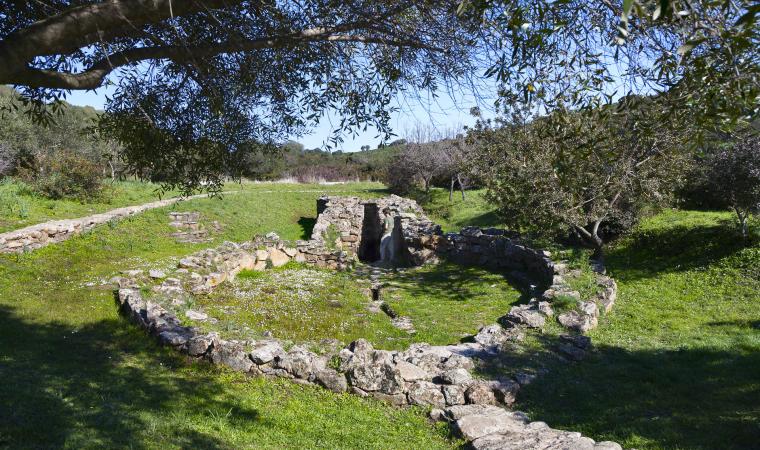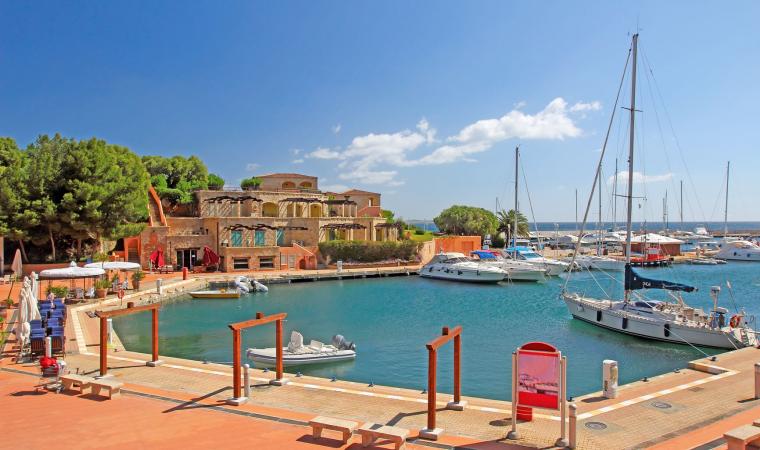In the Gallura dialect, it is called gulfu de li ranci, the gulf of the crabs, later Italianised into Aranci Gulf: a strip of land along the sea in the northeastern tip of the island, less than twenty kilometres from Olbia and only a few minutes from the Emerald Coast. The promontory of Capo Figari dominates the coast, made of fine-sand beaches and shallow bottom for tens of metres, an underwater world ready to be discovered, with surprising diving points such as Città delle Nacchere, Capo Filasca and la Roccia del Mamuthone (literally, “Big Mammoth Rock”). Surrounded by Mediterranean scrub, here are the five “city” beaches, perfect for families with children and teenagers, in particular those interested in windsurfing, with parking areas, bars and beach resorts.
The Five Beaches extend all along the seaside of the Gallura town. The first is located in the centre of the town, from which you can admire the spectacular gulf and the Tavolara Island. A granite spur separates it from the second, a lovely white-sanded little beach. Beyond a promontory, stands the third, also the largest: the emerald sea is amazingly clear. The fourth is located not far after the entrance to the town: a strip of fine sand and turquoise water. Right across are Capo Figari and the Figarolo Island, a spectacular natural reserve. A small cliff separates the fourth and fifth beaches, where the shallow bottom becomes a natural pool. In the coolest months, an interesting view appears: a pond forms behind the beach, habitat to various bird species.
In addition to the comforts of town beaches, the Aranci Gulf also offers many other relaxing paradises as you move away from the town, along the coast: Cala Greca, a small cove with pink pebbles; charming and sheltered Cala Moresca; the beautiful Cala Sassari; the dunes of Cala Sabina and Cala del Sonno, that fishermen once used as shelter. The “pearls” of the Aranci Gulf do not end here: not far from the town, you will be amazed by sos Aranzos and Spiaggia Bianca, Marinella, Caddinas and de Bahas bays, and Cala Banana, named thus for its arched shape. You can also go on a boat excursion to visit the protected marine area of Capo Coda Cavallo.

